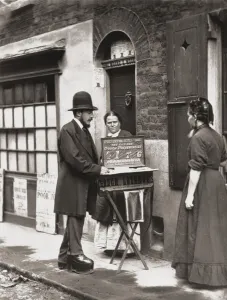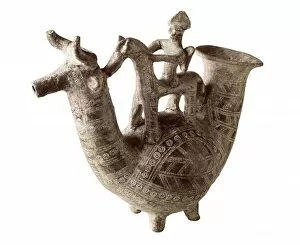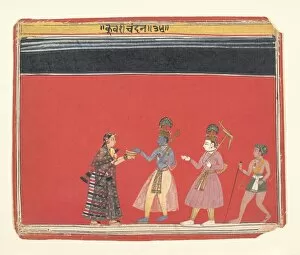Ointments Collection
Ointments have a rich history dating back to the Roman period, where small jars were used to store these precious remedies
All Professionally Made to Order for Quick Shipping
Ointments have a rich history dating back to the Roman period, where small jars were used to store these precious remedies. These lacrymatory vessels made of clear blown glass were not only functional but also beautiful pieces of art. In Street Life in London, captured by J. , we catch a glimpse of a street doctor offering his ointments to those in need. Moving forward in time, an intriguing black and white photograph from 1899 showcases the Vitrine at Officina Profumo Farmaceutica di Santa Maria Novella in Florence, Italy. Amongst the array of products displayed is a small jar for ointments, reminding us of their importance throughout history. Roman Art brings us another example from Spain - a small jar with an elegant neck made from clear blown glass. This artifact found within Necr tells tales of ancient healing practices and the significance placed on ointments during that era. Advertisements have always played a role in promoting medicinal products, and Homocea's baby medicine advert from 1894 highlights the use even for infants' well-being. Religious depictions often feature scenes involving ointment usage as well. A coloured engraving portraying Jesus' life shows him being anointed with fragrant oils, emphasizing their symbolic value beyond mere physical healing. Ancient civilizations like Benacci utilized unique vessels called askos for storing ointments. Dating back to the 7th century BC, these containers demonstrate how essential these substances were across different cultures and time periods. Even mystical realms recognize the power of ointments; witches preparing for their Sabbath rituals depicted in ca 1610 engravings are seen using various concoctions including potent salves and unguents. In Hindu mythology too, Krishna accepts offerings from a hunchbacked woman named Trivakra which includes valuable herbal ointments among other gifts showcasing its universal appeal throughout diverse traditions.














